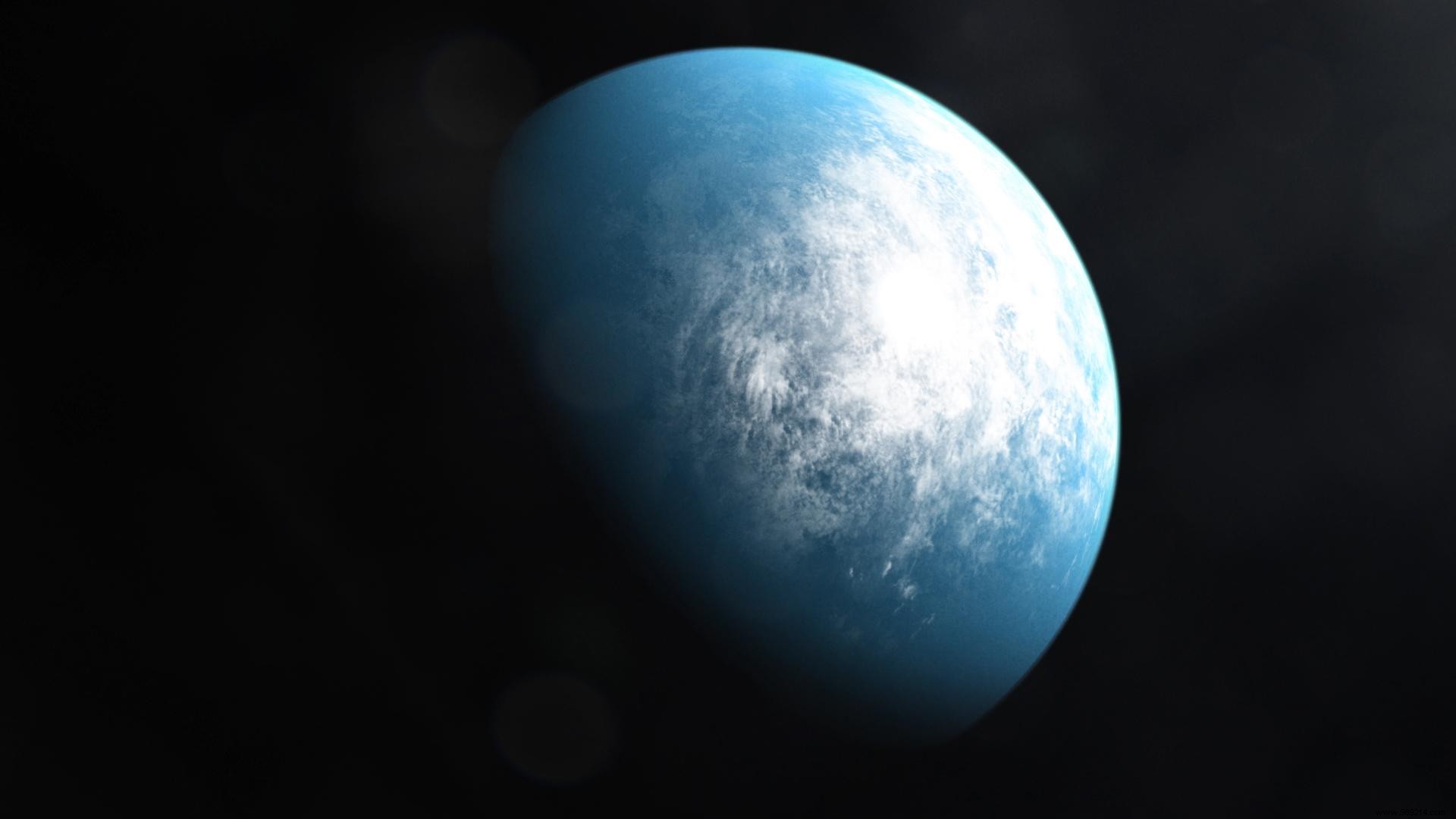The TESS satellite, a worthy successor to the Kepler telescope, has just completed its two-year main mission with several significant discoveries to its credit. The instrument is now embarking on an extended mission for two more years, with many additional exoplanets in our address book.
Put into orbit in April 2018, TESS (abbreviation of Transiting Exoplanet Survey Satellite), had the heavy responsibility of succeeding the Kepler telescope. And for good reason, the latter is at the origin of two thirds of the discoveries of more than 4,200 exoplanets made to date.
And it's not over. Although Kepler has been officially retired since October 2018, the data he collected is still being analysed. Thus, hundreds of other worlds could potentially still be discovered thanks to it.
Despite the pressure, TESS did more than well. At the end of its two-year main mission, which ended on July 4, the satellite had already discovered 66 planets . Among them is TOI 700 d, comparable in size to Earth, which orbits in the habitable zone of its star 100 light years away. In addition, nearly 2,100 potential candidates have yet to be screened.
To carry out its mission, TESS uses the transit method, which consists of detecting small and regular drops in stellar luminosity. The latter generally testify to repeated passages of planets between the observer (TESS) and the host star.
During these first two years, the telescope focused on analyzing 200,000 nearby stars. To do this, he relied on four cameras allowing him to study 24-by-96-degree sectors of the sky for about a month at a time . For reference, your clenched fist held at arm's length covers about 10 degrees of sky.
TESS spent the first year of its primary mission scanning sectors in the southern sky, then switched to the northern sky in its second year. So far it has managed to cover around 75% of the night sky . But his work is not finished.
The satellite has just begun its extended mission, which will continue until September 2022 . Again, it should focus on southern skies for the first 12 months before moving north.

TESS main mission budget capped at $200M , to which were added the launch costs, estimated at 87 million additional dollars .
This so-called "extended" mission should be considered a bonus, as it won't be very resource intensive. For example, the extended mission operations of the New Horizons probe, which began in 2017, cost less than $15 million per year, while its main mission had cost more than $780 million.
During these two additional years, TESS will also benefit from some improvements in its instruments. For example, his cameras now capture a full frame every 10 minutes, which is three times faster than during the main mission. In other words, the telescope will be able to scan the sky faster than before, which should maximize the number of discoveries to come.